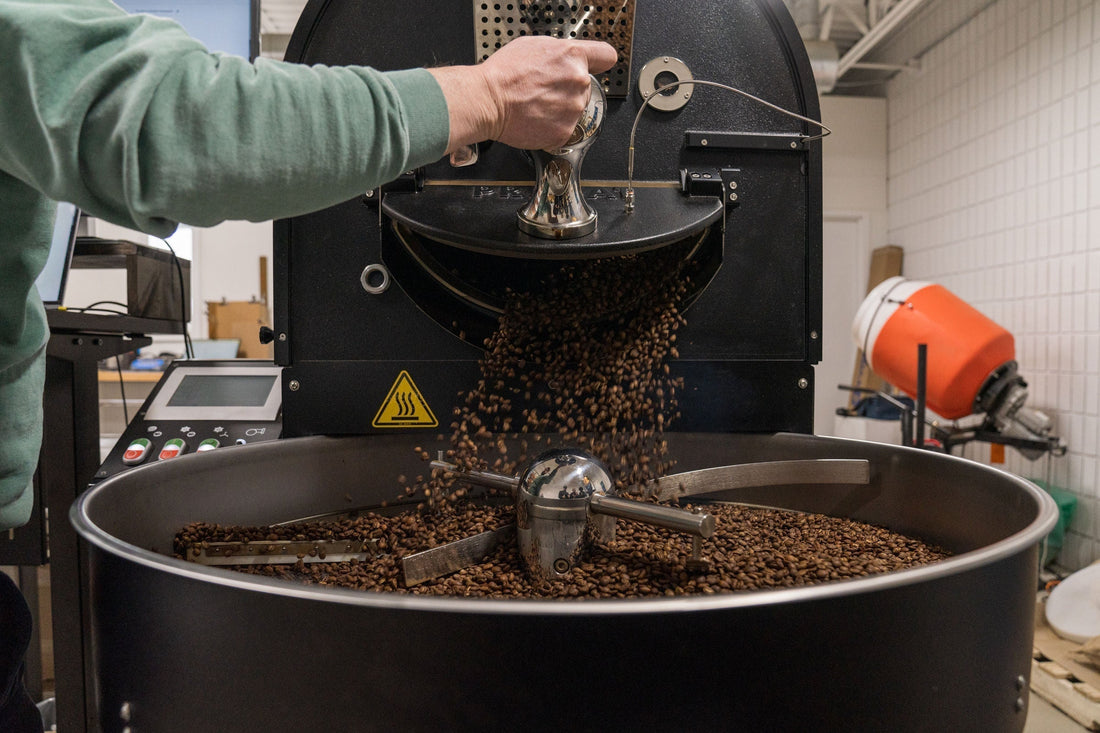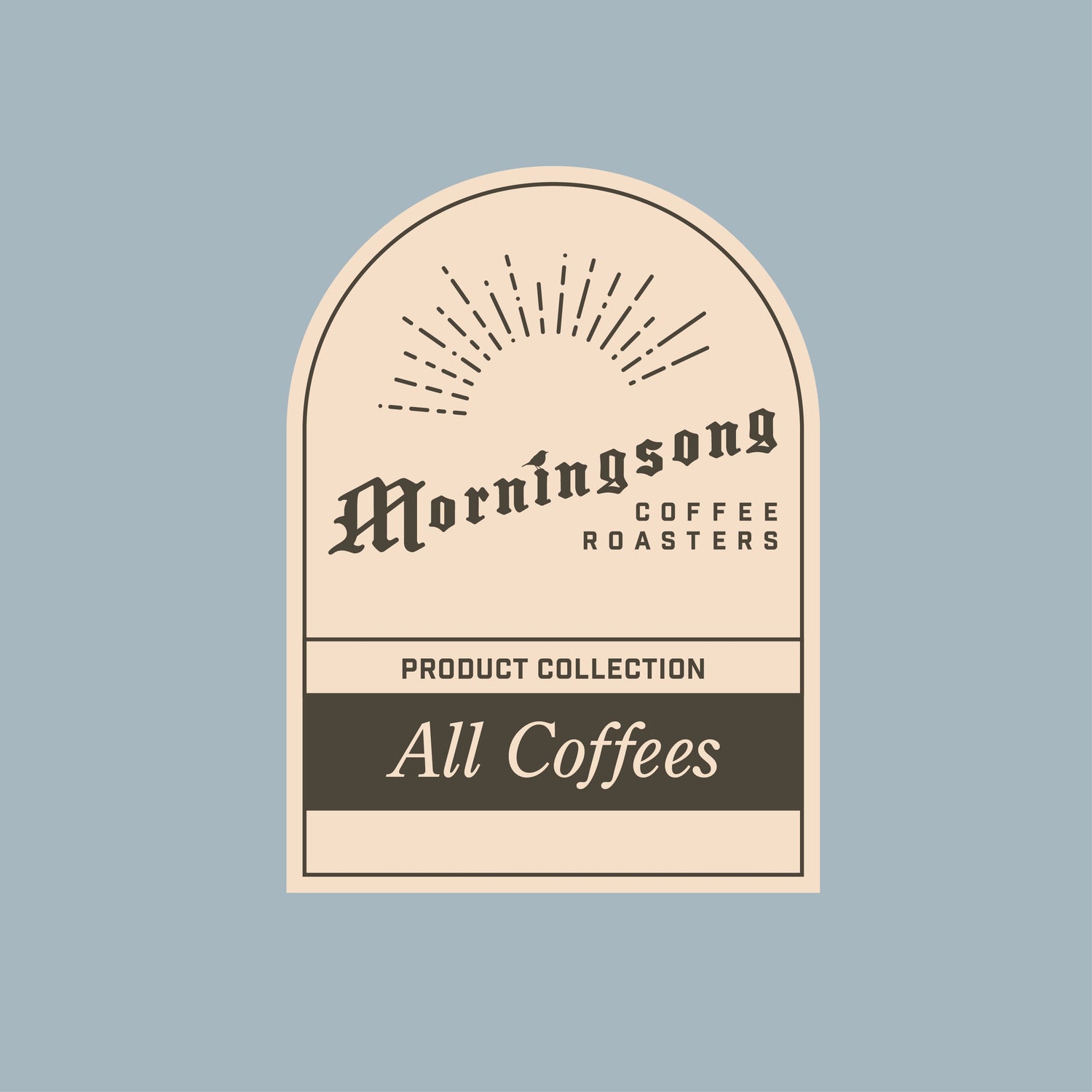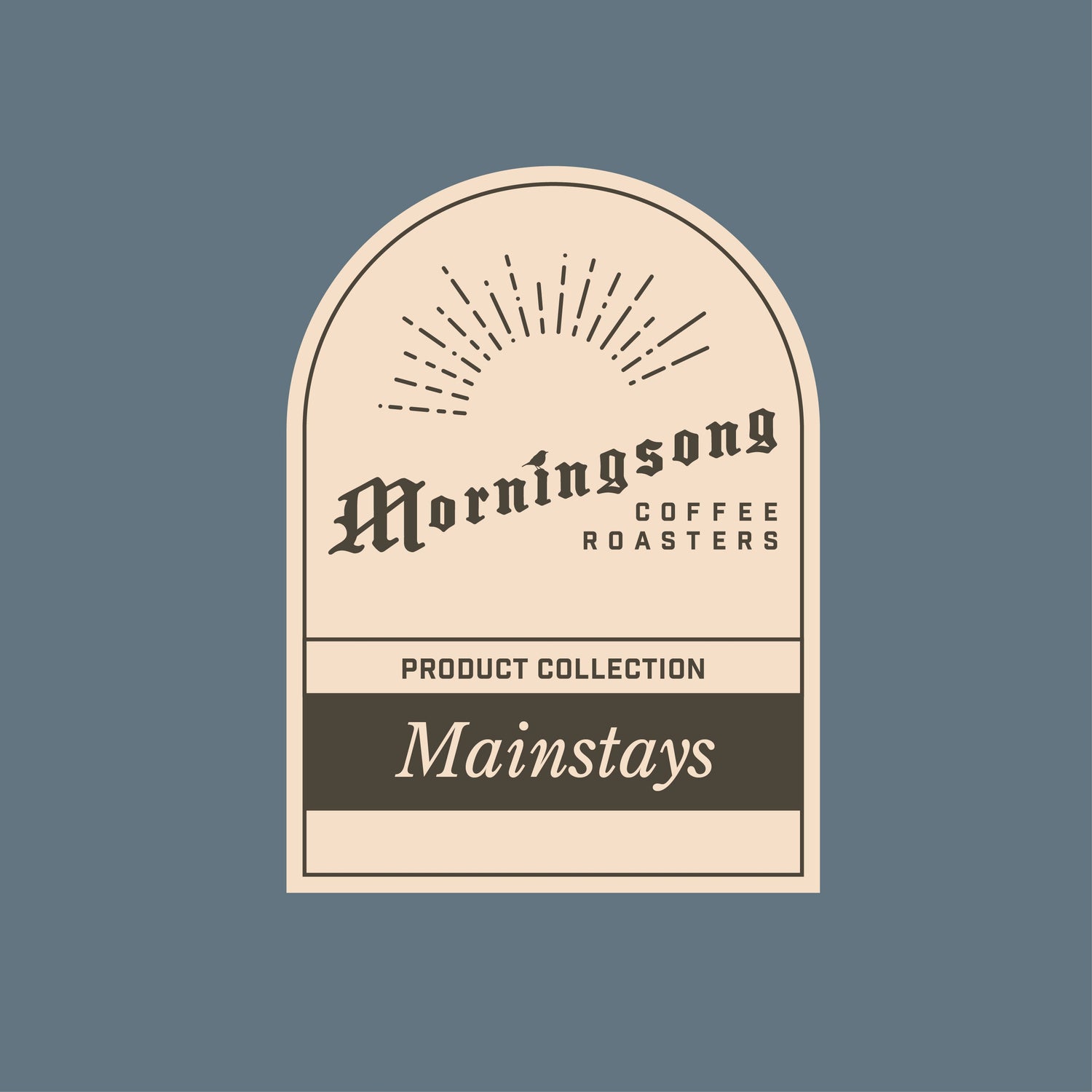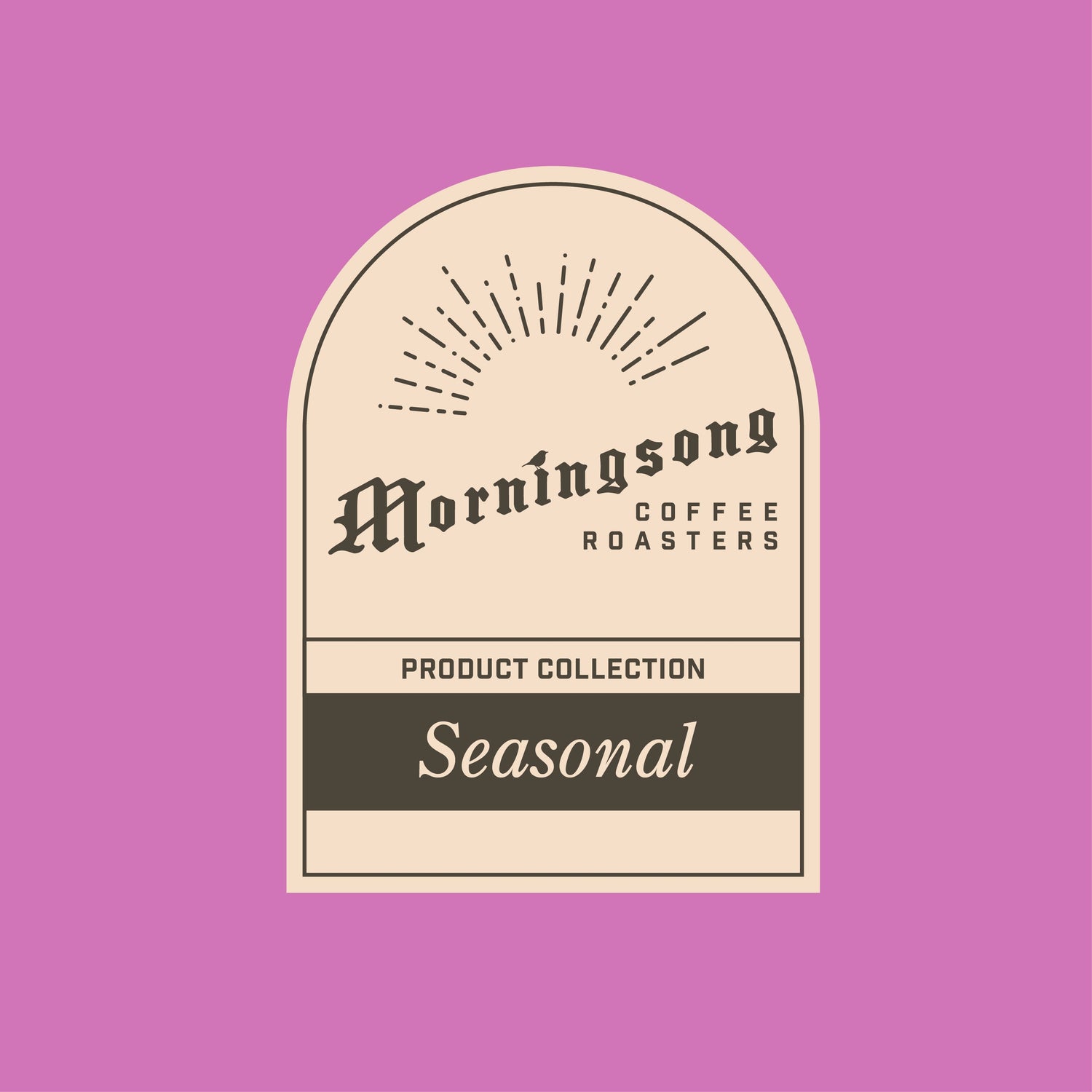
Expertise and Execution - The Standards We Hold Ourselves To
Andrew GrassmickShare
Oftentimes, people will ask me what makes Morningsong different from other roasters. Some of these inquiries are from people who have never had the coffee or don’t even drink coffee, but are curious about the business model or the elevator pitch. Others love the coffee and are trying to figure out why it’s so different from other coffee they’ve had. For those wanting an elevator pitch, I usually try to read between the lines of their question and provide a concise answer. “We have high standards for the coffee we source, and we apply those standards meticulously at every stage from sourcing to roasting to quality control” would be an example of such a response. All of this is true, but if someone isn’t familiar with the intricacies of the process, this response is a bit vague. Not only that, but most specialty coffee companies will probably say something similar, so it really makes little distinction in their mind. While it won’t be terribly concise, hopefully I can give a meaningful answer to both inquirers here.

One aspect of coffee that makes this endeavor difficult is that so much of what produces quality in coffee(or lack thereof) happens at the farm and mill level. The elevation, soil, variety, cultivation, picking, processing, dry-milling, and much more all have an impact on quality. If all of this is done well, it’s likely you will have “good” coffee, but how good and at what price are the more pertinent questions. Coffee exporters and importers have quality grading methods to determine the price, but there can often be a wide range of quality at the same price point. Some of this can be chalked up to improperly evaluating the coffee by the importer, but some of it is because less-than-ideal coffee still needs to be sold. Because of this, being able to evaluate coffee well is essential to being a good roaster.
If everything at the farm level is done perfectly and the coffee is properly evaluated and purchased, the coffee still has to be roasted well. That is no small task. Roasting can be incredibly easy if you want it to be. You can throw coffee in a roaster until it reaches the color you’re looking for, and you can call it a day. However, when you want to bring out the best in high-quality coffee, the process becomes exponentially more complex. When light-roasting coffee, under-development (read “under-roasting”) is just as problematic as over-roasting. The ideal for high-quality coffee is to roast it JUST past the point of under-development and no more. This can seem like a simple, linear problem, but every coffee has its own unique requirements to reach this point, and many adjustments have to be made at multiple stages of roasting to achieve the ideal. Every coffee has a unique bean shape, screen size (bean size) distribution, moisture content, water activity, density, cellulose composition, and more. All of these variables change how you approach roasting it and how it will behave in the roaster. While it’s not a complete analogy, you can think of it a little like cooking a steak. The cut, thickness, shape, and intended use of the steak all change how you approach cooking it. On top of this, one must have strict machine warm-up and between-batch protocols if any of this is to be done with any consistency.

The interplay of these two elements, roasting and sensory evaluation, is the key to consistently great coffee. A constant loop of roasting, evaluation, and roast adjustments informed by that evaluation is required. How can one learn how to evaluate coffee properly and make those adjustments, you might ask? Well, there’s no magic bullet for this one. It takes a lot of tasting, adjusting, and tasting again. Some problems in roasting are easily assessed and corrected, but others are not. There is also a large gap between “good enough” and “excellent”. Taking a coffee from sub-par to good isn’t too difficult, but taking it to the next level requires more finely tuned skills and expertise. It takes a long time to master it, if that is even possible.
We can say that all of this can be boiled down to the word “expertise”. While expertise on its own is absolutely critical, coffee requires that it be applied to every batch. This is no small commitment. We cup every batch of coffee we roast. A cupping takes about two hours, including setup, cleanup, and analysis. We are also constantly roasting and cupping samples. Because of this, I always tell people that execution is equally as important as expertise.
I’m not usually one for alliteration, but “expertise” and “execution” are what I want Morningsong to be known for. We know what we’re doing, and we apply the highest standards every day. We don’t settle. We don’t cut corners. That’s what makes us different.




